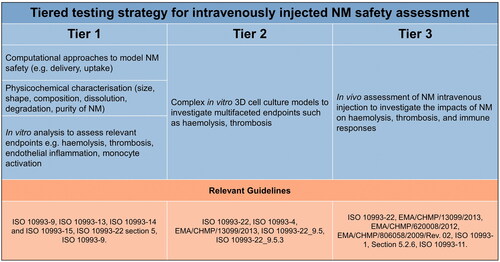Figures & data
Figure 1. IATA structures: sequential testing strategy and integrated testing strategy overview. A sequential testing strategy is shown in A, where the results obtained in one step of the IATA may generate adequate evidence for safety assessment, or the results can be used in conjunction with other information within the IATA. The integrated testing strategy shown in B demonstrates that results can be combined to generate sufficient evidence for safety assessment or can be used individually if sufficient alone. Adapted with approval from OECD (Citation2017a).
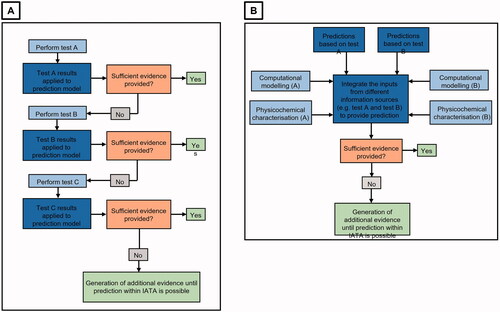
Figure 2. Basic building blocks of an IATA. The orange boxes contain decision nodes, whilst the red boxes contain outcomes based upon the decision made. The blue boxes contain information to provide the user with more context on the question or decision made. At the end of the IATA, the safety assessment may be complete, or the user may be directed to a subsequent IATA for further assessment.
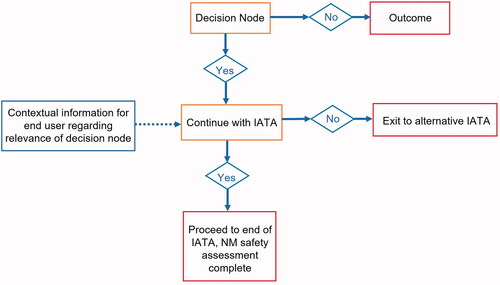
Figure 3. Types of information and data required to generate a tailored IATA for NM. A. When generating the IATA, the author must identify the end user of the IATA and the purpose of the IATA. In addition, information regarding the NM should be gathered, for example the route of NM administration and the primary system expected to be exposed, as well as the physicochemical characteristics of the NM. B. In this example, the information required to generate an IATA that will be used by a developer to design an intravenously injected NM containing 100 nm iron oxide NMs has been identified.
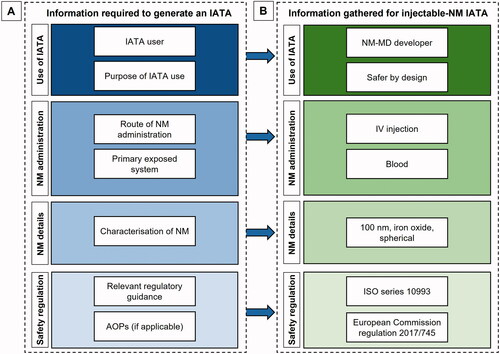
Figure 4. A diagrammatic representation of the approach used to generate an IATA. IATA generation is based on information gathering, assessment of the quality of data and identification of data gaps; this information is used to generate specific actions within the IATA that allow safety decisions to be made regarding NMs.

Figure 5. Tiered Testing Strategy (TTS) proposed for the risk-benefit analysis of NMs intended for administration via intravenous injection. In the first instance, all existing relevant peer-reviewed data should be considered. In tier 1, physicochemical characterization data and simple in vitro data should be used to guide computational evidence-based modeling regarding the NM safety. If additional data are required, progress is then made to tier 2 where complex in vitro based analysis takes place. Following tier 2, if additional data are required, in vivo analysis should be performed as per tier 3. At all stages, the existing peer-reviewed data and administration route should be considered.
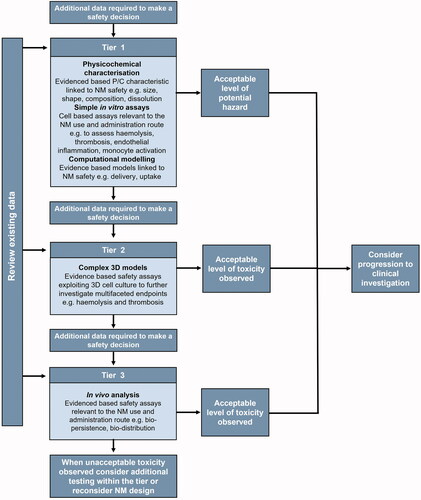
Figure 6. IATA for the safety assessment of NM intended for intravenous injection. A streamlined IATA that focuses on safety endpoints associated with intravenous injection and subsequent blood contact of NM.
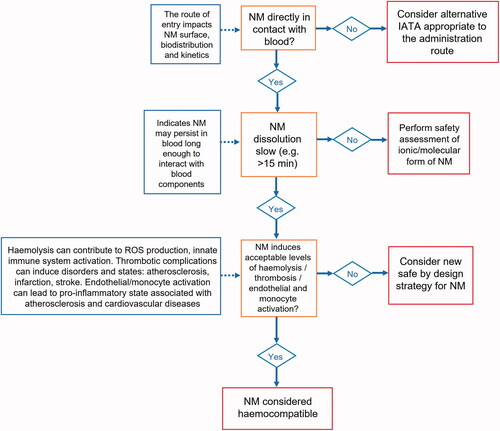
Figure 7. Proposed tiered testing strategy for intravenously injected NM safety assessment. This figure accompanies the IATA to guide the end user through the relevant guidelines, and where applicable, the appropriate tests that should be used to assess NM safety. The TTS provided guides the user through the assessment of haemocompatibility only.
